Pediatric Vision Care
The American Optometric Association guidelines recommend that all children have a complete vision and eye health examination at the age of 6 months, 3 years, upon entering kindergarten, and routine vision care thereafter throughout their school years.
Vision Care
We provide a comprehensive infant eye assessment between 6 and 12 months of age. In this exam, our doctors will use specialized procedures to test for all of these:
- Excessive or unequal amounts of nearsightedness, farsightedness or astigmatism
- Eye movement ability
- Eye health problems
These problems are not common, but it is important to identify children who have them at this young age. Vision development and eye health problems are easier to correct if treatment begins early.
As your child’s vision matures out doctors will assess visual acuity, refractive status, ocular health , eyetracking, eye focusing, and eye teaming. Visual acuity measures how clearly a child sees objects. Refractive status measures for nearsightedness (myopia), farsightedness (hyperopia), and astigmatism. The child is evaluated for any eye health problems, including active pathology or congenital anomalies. Eye tracking is the ability of the eyes to fixate, smoothly follow and look between objects or printed. words. Eye focusing is the ability to efficiently change and sustain focus while reading. Eye teaming is the ability to coordinate both eyes accurately and without fatigue or excessive effort. Accurate eye teaming is also important for accurate two-eyed depth perception.
Reports have estimated that up to 25% of students in grades K-6 have vision-related problems, which may contribute to poor school performance. If your student states that they are having:
- headaches
- blurred vision
- eyes hurt/tired
- motion sickness/car sickness
- dizziness
- can not see the board or if your student has failed their school vision screening
